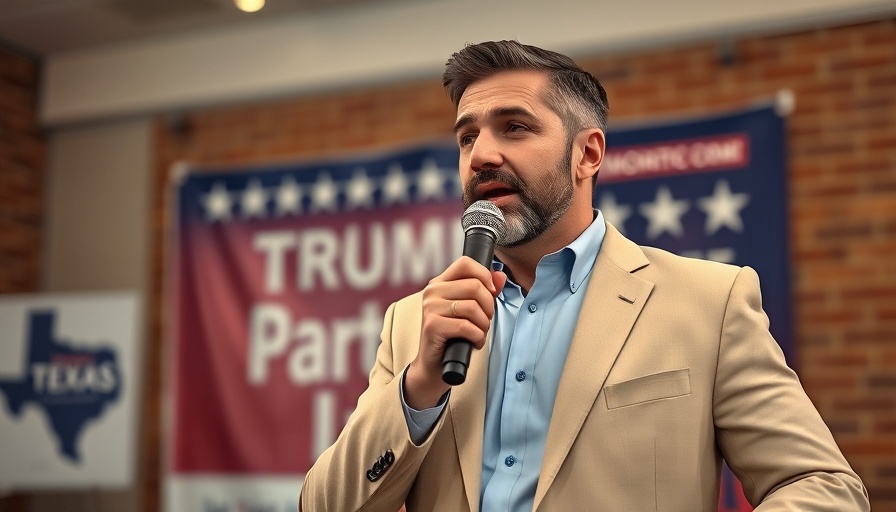
A Looming Presence: Torre Centinela and Its Implications
In the heart of Ciudad Juárez, the Torre Centinela stands as a stark reminder of the increasing reliance on surveillance technology in modern society. For three years, activist Luis Mendoza has kept a close eye on this ambitious construction, unaware of its ominous journey toward completion. As the new command center for a $200 million state surveillance system, this tower represents not only a technological advancement but also a significant departure from community trust and local input.
The Growing Shadow of Surveillance
The Plataforma Centinela project, launched by Governor María “Maru” Eugenia Campos Galván in 2021, aims to implement nearly 10,000 cameras and 2,000 license plate readers across Chihuahua. Critics argue that the staggering resources funding this project could be redirected to address pressing needs like youth education and violence prevention. Mendoza laments the lack of local consultation, asserting that this unilateral decision threatens both privacy and trust. “Why is the tower downtown? Why even build a tower?” he questions, conveying the sentiment that the government should prioritize transparency and community engagement.
Community Voices: The Other Side of Technology
The concerns surrounding Torre Centinela are echoed by human rights activists concerned about civil liberties. Dave Maass, from the Electronic Frontier Foundation, likens the tower to the infamous "Eye of Sauron" from J.R.R. Tolkien's lore, suggesting a dystopian reality where privacy is deteriorated under the watchful gaze of state surveillance. Activists like Mendoza argue that investing in technology without community dialogue only heightens social divisions and mistrust. Juárez, a city already burdened with historical violence, grapples with additional fears that a surveillance state may exacerbate discrimination and bias.
The Future of Surveillance in Mexico
As technology continues to shape our society, the balance between safety and privacy remains ever fraught. The unfortunate truth is that many programs fail to engage communities, leading to a myriad of societal implications and ethical dilemmas. In a world where data is currency, questions about who has access and how it is used are increasingly critical.
Lessons from Other Regions
Countries around the world face similar challenges as they grapple with balancing surveillance and individual rights. Often, when governments prioritize security through technology, social trust wanes, leading to growing civil discontent. For example, various metropolitan areas in the United States have seen clashes between community activists and local governments over similar systemic implementations of surveillance systems. The need for collaborative dialogue is paramount—bypassing local voices can lead to hazardous outcomes in the relationships between citizens and state authorities.
The Path Forward: Balancing Safety with Community Input
Moving forward, it is essential for governments to foster meaningful engagement with their constituents. The conversation needs to include diverse perspectives, ensuring that technology serves the community rather than overshadows it. Juárez has an opportunity to set a precedent by demanding transparency, consultation, and ethical considerations regarding the integration of surveillance technology.
Conclusion: Vigilance in the Age of Surveillance
The Torre Centinela stands as a potent symbol of both progress and peril, raising critical questions about the future direction of state surveillance projects. As communities continue to navigate these complex waters, it is vital for individuals to advocate for their rights and engage in discussions about the balance between safety and personal freedoms. The road to a transparent and equitable application of surveillance starts with community voices being heard.
 Add Row
Add Row  Add
Add 




Write A Comment